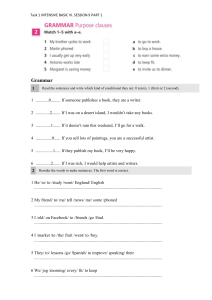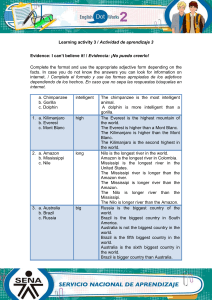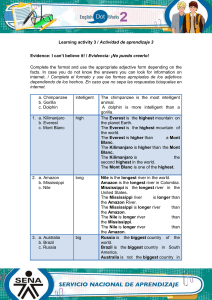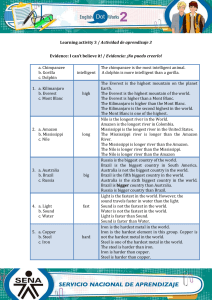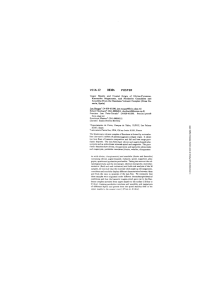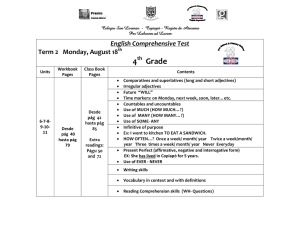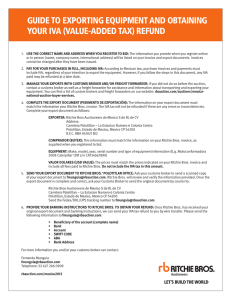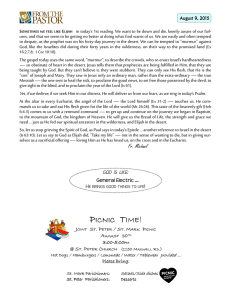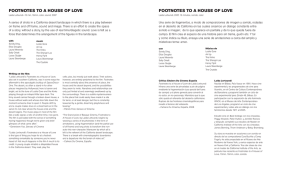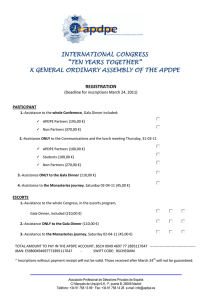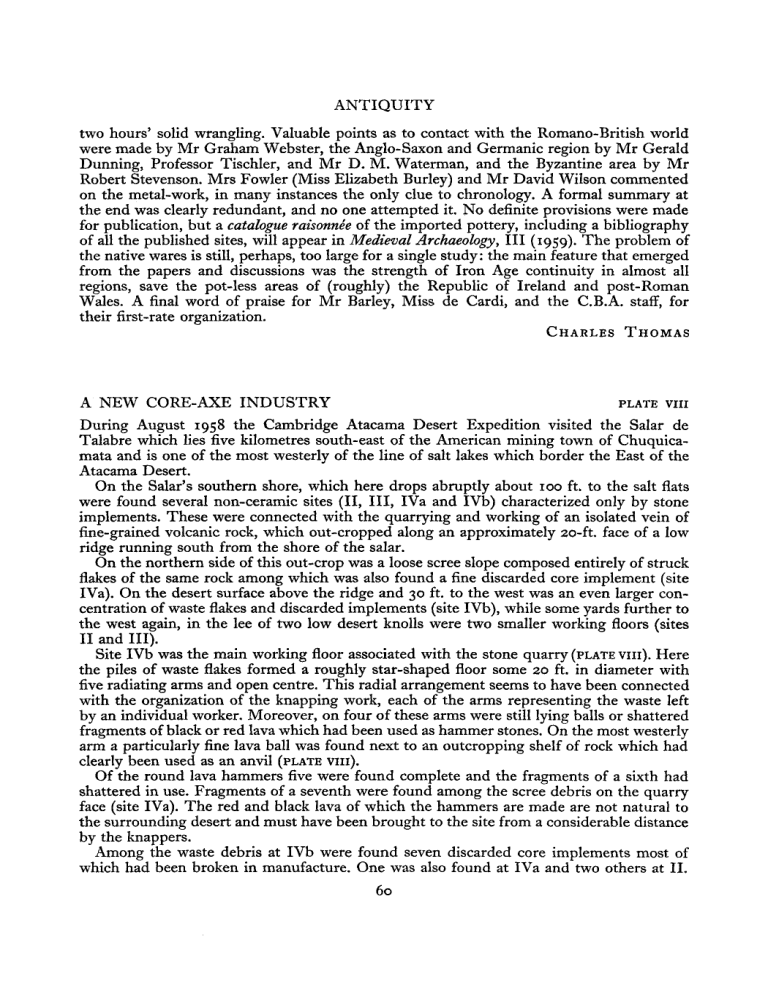
ANTIQUITY two hours’ solid wrangling. Valuable points as to contact with the Romano-British world were made by Mr Graham Webster, the Anglo-Saxon and Germanic region by Mr Gerald Dunning, Professor Tischler, and Mr D. M. Waterman, and the Byzantine area by Mr Robert Stevenson. Mrs Fowler (Miss Elizabeth Burley) and Mr David Wilson commented on the metal-work, in many instances the only clue to chronology. A formal summary at the end was clearly redundant, and no one attempted it. No definite provisions were made for publication, but a catalogue raisonnbe of the imported pottery, including a bibliography of all the published sites, will appear in Medieval Archaeology, I11 (1959). The problem of the native wares is still, perhaps, too large for a single study: the main feature that emerged from the papers and discussions was the strength of Iron Age continuity in almost all regions, save the pot-less areas of (roughly) the Republic of Ireland and post-Roman Wales. A final word of praise for Mr Barley, Miss de Cardi, and the C.B.A. staff, for their first-rate organization. CHARLESTHOMAS A NEW CORE-AXE INDUSTRY PLATE VIII During August 1958 the Cambridge Atacama Desert Expedition visited the Salar de Talabre which lies five kilometres south-east of the American mining town of Chuquicamata and is one of the most westerly of the line of salt lakes which border the East of the Atacama Desert. On the Salar’s southern shore, which here drops abruptly about IOO ft. to the salt flats were found several non-ceramic sites (11, 111, IVa and IVb) characterized only by stone implements. These were connected with the quarrying and working of an isolated vein of fine-grained volcanic rock, which out-cropped along an approximately 20-ft. face of a low ridge running south from the shore of the salar. On the northern side of this out-crop was a loose scree slope composed entirely of struck flakes of the same rock among which was also found a fine discarded core implement (site IVa). On the desert surface above the ridge and 30 ft. to the west was an even larger concentration of waste flakes and discarded implements (site IVb), while some yards further to the west again, in the lee of two low desert knolls were two smaller working floors (sites I1 and 111). Site IVb was the main working floor associated with the stone quarry (PLATE VIII). Here the piles of waste flakes formed a roughly star-shaped floor some 20 ft. in diameter with five radiating arms and open centre. This radial arrangement seems to have been connected with the organization of the knapping work, each of the arms representing the waste left by an individual worker. Moreover, on four of these arms were still lying balls or shattered fragments of black or red lava which had been used as hammer stones. On the most westerly arm a particularly fine lava ball was found next to an outcropping shelf of rock which had clearly been used as an anvil (PLATE VIII). Of the round lava hammers five were found complete and the fragments of a sixth had shattered in use. Fragments of a seventh were found among the scree debris on the quarry face (site IVa). The red and black lava of which the hammers are made are not natural to the surrounding desert and must have been brought to the site from a considerable distance by the knappers. Among the waste debris at IVb were found seven discarded core implements most of which had been broken in manufacture. One was also found at IVa and two others at 11. 60 PLATE VIII SALAR D E TALABRE Top: Site IV b. Bottom: Detail of Site IV b; scale in cms. See fip. 60-1j NOTES AND NEWS These cores represented two principal forms of implements : ( I ) Thick Oblong Core Axes. The largest of these was 5 in. in length. (2) Thin Ovate Implements. Ranging from 3+ to 4 in. in length and approximately in. thick. + 1 Fig. I . ( I ) Oblong core-axefrom IVb; ( 2 ) Ovate from IVa. Scale 4. Two of type I were found at site IVb while the five others and the examples from the other sites are all of type 11. The great majority of implements were therefore of the latter type. A simple side scraper made on a waste flake was found at 11. A sample of the rock was kindly analysed by Mr D. Gobbett of the Sedgwick Museum, Cambridge and found to be a rhyolitic vitric tuff (a compacted obsidian dust). It has an attractive cream colour and a glassy texture. It has not been possible to find any parallels for these implements in Chile, although the rough state of the discards may account for this. The oblong form I may have been intended to have been polished at a later stage, in which case parallels could be found among the polished stone implements found in the Atacama region (e.g. Museum of San Pedro de Atacama). The ovates bear a slight resemblance to the very finely flaked knives found in graves at Quiani near Arica.1 The makers of the Talabre implements were evidently not the nomadic hunters whose remains have been found round many of the Salares in the Atacama Desert. The prospecting of the desert for this very fine workable raw material, the organization of the knapping and use of specially made and imported hammer stones are all indicative of a fairly advanced culture. Tentatively I would attribute this site to an early agricultural culture from the neighbouring oasis of Calama as the types are not known from the later Atacameno cemeteries and settlements of the region. LAWRENCE BARFIELD Junius Bird. Excavations in North Chile, p. 239, fig. 18. 61
